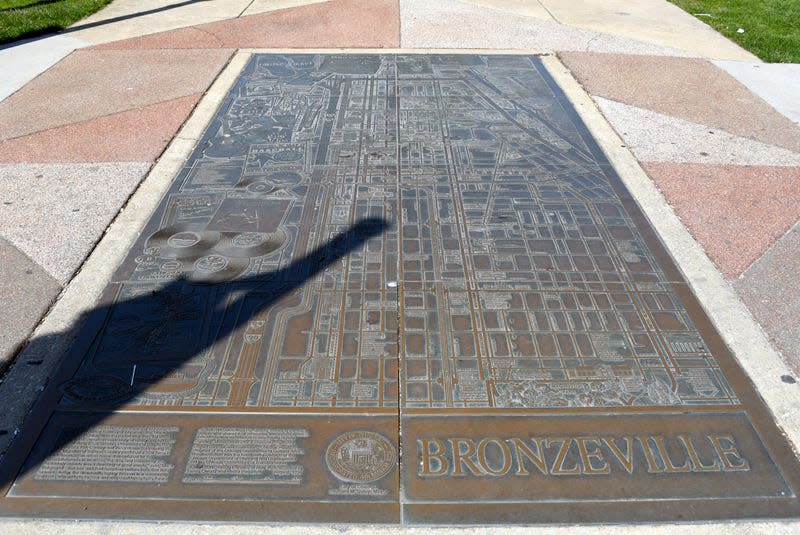The Fall and Rise of Chicago’s Bronzeville

- Oops!Something went wrong.Please try again later.
As the first Black Americans migrated from southern states to the South Side of Chicago in 1916, the community and its people faced a bright and hopeful future, fragrant with the smell of a fresh start, and bountiful opportunity. While being called disparaging names like, “The Black Ghetto” by non-Black outsiders, the area produced some of the greatest artists and thought leaders in history. From jazz legend Louis Armstrong, to “Native Son” writer Richard Wright, to journalist and activist, Ida B. Wells, the Black Metropolis of Bronzeville was unparalleled.
According to NP, in addition to the bustling arts scene of Bronzeville, many of its residents also made a living working in steel mills, stock yards, and factories.
Read more
But despite its progression and promise of upward mobility, by the time the 50s and 60s rolled around, it had become evident that many of the city’s promises would be left unfulfilled. With the advent of industrial machines, many of the factory workers found themselves out of work. And between deindustrialization, and an overall economic decline, poverty made its way into Bronzeville at a rapid pace, followed by an uptick in drugs, crime, and violence.
While the glittering streets of Bronzeville were long forgotten for some, one man not only recalled its splendor, but fought to reclaim it too. Community organizer, Harold Lucas Jr. and his partners worked together to form Mid-South Planning and Development Commission, which offered a “comprehensive vision for preserving, developing, and celebrating Bronzeville and its rich history.”
“We need to be unapologetically African-American in planning,” Angelo Rose, the chairman of the Mid-South Commission, told the Chicago Tribune in 1994. “In Chinatown, they make no apologies for how (Chinese) their community looks.”
Through activism and organizing, community leaders were able to restore some of Bronzeville’s former glory by the mid 1990s. Black Upwardly Mobile Professionals (known to some as “buppies”) began once again seeing the value in the city and buying property.
Bronzeville leaders also got lawmakers and financial institutions on board with their Afrocentric vision for their community’s redevelopment. They convinced the city to commit millions to improving infrastructure, preserving historic landmarks, and beautifying the neighborhood. The city also built a new, $65 million police headquarters in the community. The federal government, through the Empowerment Zone program, also spent millions providing tax incentives for development.
Before you knew it, Black owned businesses were opening, and crime and poverty were on the decline. But none of this would be possible without the efforts of Harold Lucas Jr. Unfortunately, Lucas passed away at the age of 79 in late August, but according to local publications, Lucas was happy that he loved to see the change he brought about.

